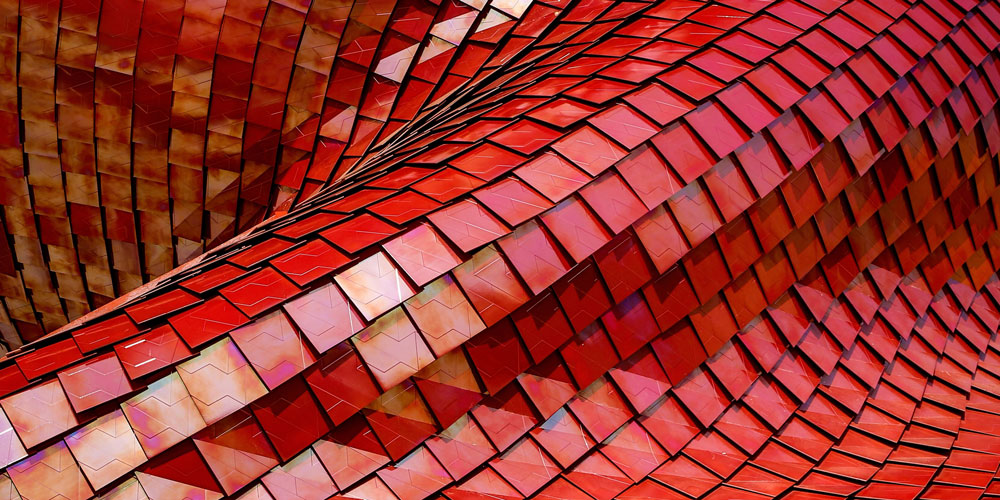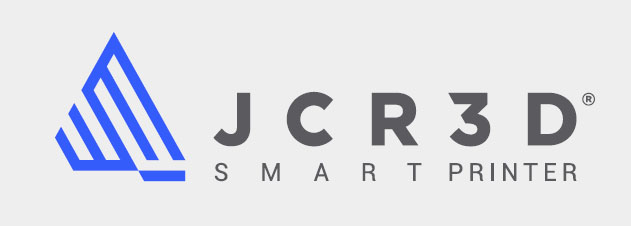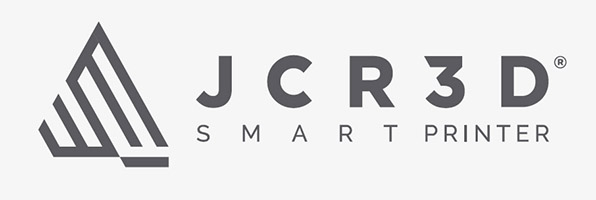
28 Ene How 3D Printing Facilitates Product Design
One of the aspects in the manufacturing world that 3D printing is revolutionising is industrial design. One of the most complex problems in product design is the difficulty of obtaining feedback and information on use in the early stages of the design. Additive manufacturing is solving this problem. In addition to this, there are other limits in product design that 3D printing is helping to break through. In this article, we will look at some of them.
How does 3D printing facilitate product design?
Below, we will look at 3 key aspects in which 3D printing facilitates product design.
Faster prototyping
Until less than three decades ago, the market could not conceive of a different way of prototyping other than making a three-dimensional design and sending the different pieces that make up the design to be manufactured and assembled. Of course, depending on the material, this could take a lot of time—days or months—or may not even have been done in very advanced stages of the design because the costs were high.
3D printing is changing this. In a few hours, you can have a scaled or actual size product prototype. Now the design or I+D team doesn’t have to sit down to discuss plans, but rather tangible prototypes. Seeing the finished piece or product allows us to discover shortcomings or improvements in the design that are difficult to detect in plans.
Ford started using 3D printing at the beginning of the 90’s, when additive manufacturing had not yet reached the media. Today, it is one of the pillars of its production system. According to the company website,
“Where it would have taken 4-5 months and cost $500,000 to produce a prototype with traditional methods, a 3D printed part can be produced in a matter of days or hours at a cost of a few thousand dollars”.
According to the manufacturing supervisors at the automotive company, in one day it is possible to have a fairly optimised piece that is ready to be tested in car prototypes at 70 miles an hour.
In our success story with PanelPiedra, we have also seen how other industries—in this case construction and interior decoration—can benefit from quick prototyping. Using mechanical prototyping, it would have taken 10 days, but with our 3D printers, it took just 18 hours.
Freedom when it comes to shapes
Traditional forms of manufacturing such as subtraction (sculpting a material until it is carved into the required shape) or moulding (melting a material and pouring it into moulds so that it takes on a certain form) have limitations in regards to the flexibility of the shapes. Remember that 3D designs are printed layer by layer. This allows us to build forms, angles, and chambers that are as complex as we need. There is also no difficulty in access that certain tools used in subtractive methods face. We can thus see how 3D printing facilitates product design, giving us freedom when it comes to shapes.
In addition, another advantage is that changes made to the design can be applied immediately by simply modifying the design file. In subtraction methods, any changes make it necessary for us to modify the machine’s CNC code or, in the case of moulding techniques, change the mould itself. In 3D printing you also have to change the code, but it is much quicker and simpler than in CNC. The main difference is in the time and the cost.
Wide range of materials and colours
One of the advantages of additive manufacturing is the ability to use an extensive variety of materials. According to the use the piece being designed will have, we can choose from amongst different materials, giving priority to aesthetic criteria or to resistance to heat or impact, or to other criteria. For example, if we have to manufacture a piece
that is highly resistant to heat, the chosen 3D printing material might be ABS or PC. If we want good
visual quality in the object to be printed, PLA is a good option.
The base materials can be adapted to make them shiny or matte or they can be sanded or painted with acrylics. Lastly, it is important to take into account that there is a boom of new materials on the market that will become more and more common as the use of 3D printing spreads.
We have seen how 3D printing facilitates product design. Remember that you can request a sample piece made to your design’s needs and measurements.


